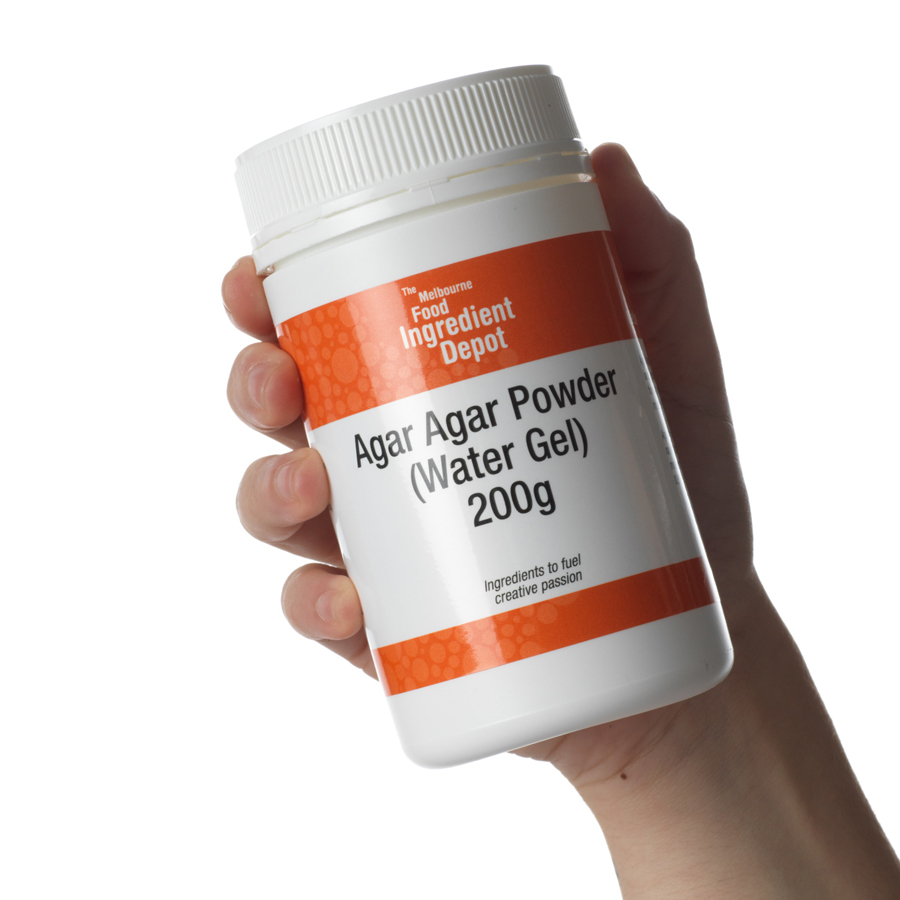
1. Choose the Right Form
Agar agar is available in different forms—powder, flakes, or bars. The most commonly used form in recipes is powder, as it’s easier to measure and dissolves quickly.
2. Determine the Right Amount
- Agar Agar Powder: Use about 1 teaspoon of agar powder to set 1 cup (250 ml) of liquid.
- Agar Agar Flakes: You’ll need about 3 teaspoons of flakes to replace 1 teaspoon of powder.
3. Dissolving Agar Agar
Agar agar needs to be boiled to activate its gelling properties. Here’s the general process:
- Step 1: Mix with Liquid: Combine the agar agar with your liquid (such as water, juice, or milk). Make sure to whisk it well so it dissolves evenly.
- Step 2: Bring to a Boil: Heat the mixture over medium heat, stirring constantly to avoid lumps. Bring it to a rolling boil and simmer for about 2-3 minutes, ensuring that all the agar agar has dissolved. Unlike gelatin, it must be boiled to work.
- Step 3: Cool to Set: Once dissolved, remove from heat and pour the mixture into your mold or dish. Agar agar begins to set as it cools, typically around room temperature or in the fridge within 30-60 minutes.
4. Consider the Acidity of Ingredients
Agar agar may not set well with very acidic ingredients like citrus or pineapple. If your recipe includes these, you might need to use a bit more agar agar, or cook the acidic ingredients briefly before mixing them with agar.
5. Reheating and Setting
Once set, agar agar remains firm at room temperature and even when reheated slightly (unlike gelatin). You can also reheat it to liquefy and reset it again if needed.
Example: How to Use Agar Agar in Desserts
If you’re making a fruit jelly:
- Dissolve 1 teaspoon of agar powder in 1 cup of fruit juice.
- Boil for 2-3 minutes, ensuring the agar completely dissolves.
- Pour into molds and let it cool until set.
This method can be applied to various recipes, including mousses, puddings, and jellies.